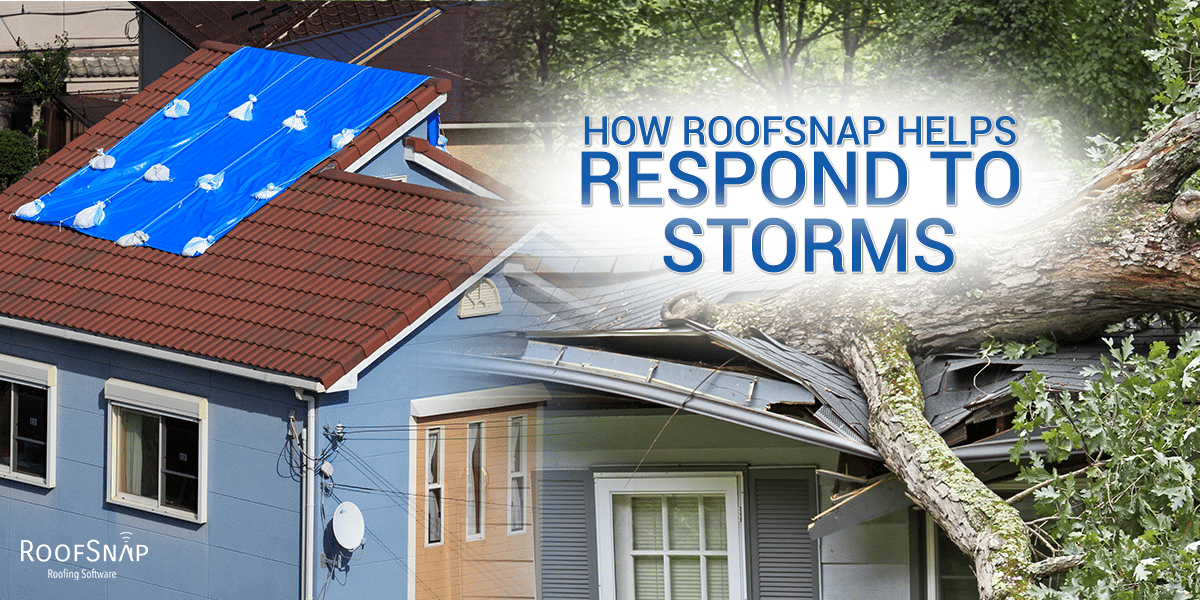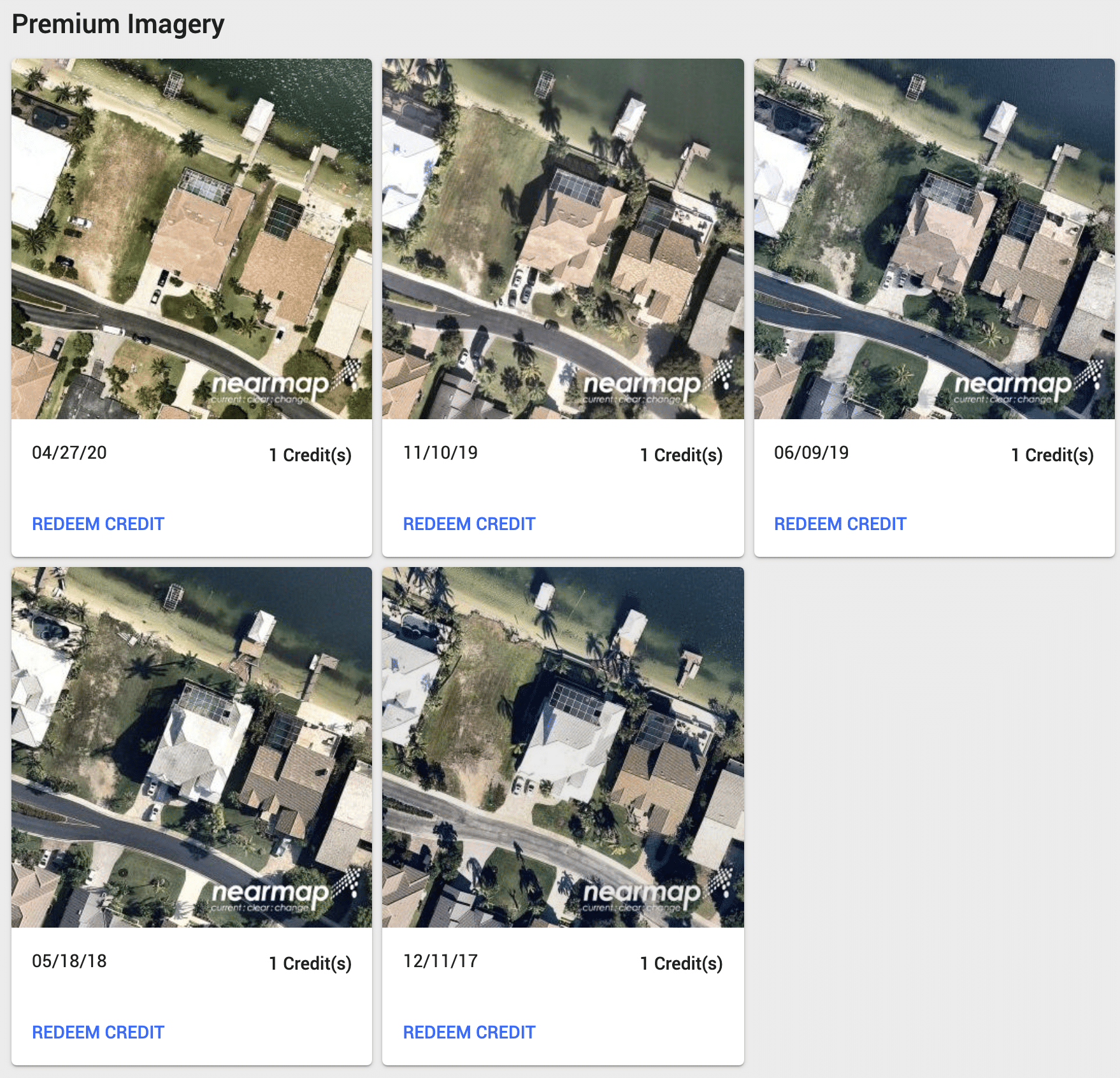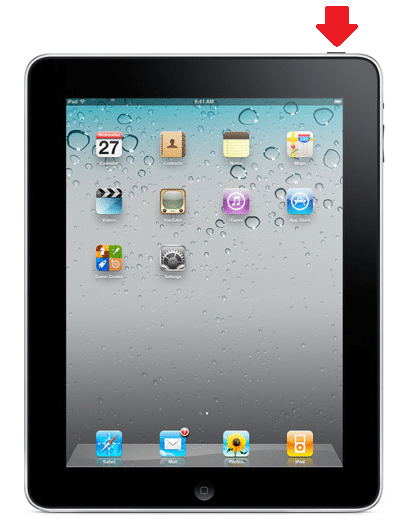While we’ve already seen a couple of storms, this week marks the official start to 2020’s hurricane season. RoofSnap’s tools save the average roofing company time and money when responding to customer calls, and that efficiency is even more valuable when restoring storm-hit areas. Read on, and we’ll touch on how RoofSnap’s fast measurements, updated imagery, and project sharing tools will help your company handle this year’s hurricane season.

No Time to Wait on Measurements
In a post-catastrophe environment, there’s a lot of pressure to respond quickly, get insurance claims processed, and get families back into their homes. If you’re a storm restoration specialist or happen to work in a storm-impacted area, you don’t have time to wait days for your measurements. You may also not have the option of entering a damaged property or climbing a roof to measure it.
RoofSnap’s measurement tools allow you to measure quickly, safely and accurately. If you’re on-site, you can pull up an address on your tablet or laptop and measure from the safety of your truck. Most properties can be measured in under five minutes with RoofSnap’s tools, and you can instantly generate professional reports to print or email to homeowners. If your company has a team working in a storm environment, you can have a co-worker measure properties from your office and share the projects with someone in the field. This way, you can instantly deliver reports and bids to homeowners, but more on that later.
Up-to-date Imagery
One of the struggles of responding to catastrophic events is not knowing what state the property was in before the storm. Some new homes may have their roof blown off, and they may not yet appear on satellite imagery. Insurance companies pay hefty amounts to create up-to-date imagery catalogs to assess losses in these environments. With RoofSnap, you have access to HD imagery that is updated annually so you can see the property in the most recent condition, not years out of date.

You can also import your imagery into RoofSnap from drone footage, blueprints, or any other source you have permission to use. You can also add photos that you take on the job-site to your reports, allowing you to catalog damage found during your inspection. When working with homeowners and insurance companies in a hectic post-storm environment, the more context you can bring to your estimates, the easier it is to get claims processed.
Shared Workload
As we mentioned earlier, RoofSnap can help your team respond more efficiently to a crisis by simplifying how project data is shared in the field. Your RoofSnap users can share projects and reports securely across your account. For example, one team member can measure a roof remotely, while another adds inspection photos to the same project during an on-site visit. If you need to get signatures or hand-off paperwork to adjusters on-site, you can even have a claims-specialist in your office prepare your bids and contracts and share them with your field reps.
In a storm environment, paperwork and follow-up tasks can get out of control quickly. Streamlining the process and sharing responsibilities will help your team respond effectively, ultimately helping more clients return to normal life.
We’ve barely scratched the surface of all the ways RoofSnap can help speed up your response to storm restoration. With instant estimates, eSignable contracts and more, using our tools will save your company time in any environment. The COVID-19 pandemic complicates the storm season this year, so remote tools are even more critical to working in a post-catastrophe situation.
If you’d like to learn more about using RoofSnap during this year’s hurricane season or have one of our team members answer any other questions, please schedule a live product demonstration. Restoring property and getting homeowner’s lives back to normal is essential work. We’re proud to assist our nation’s roofing companies in any way possible.
Thanks for reading, and as always:
Happy Snapping!


